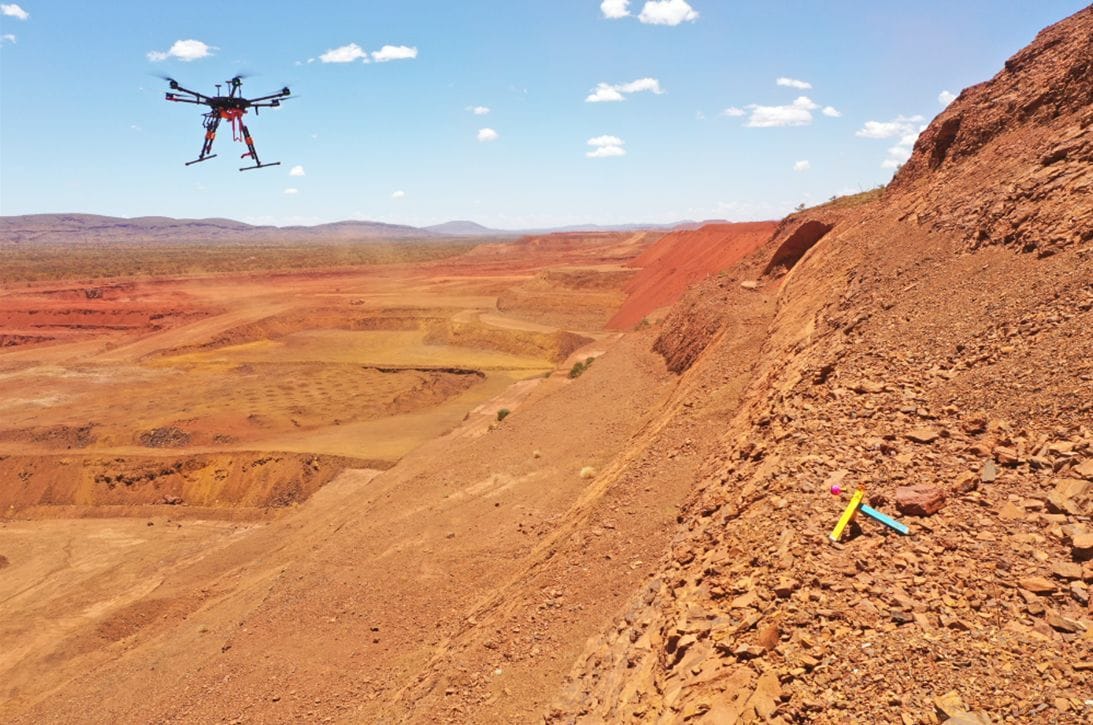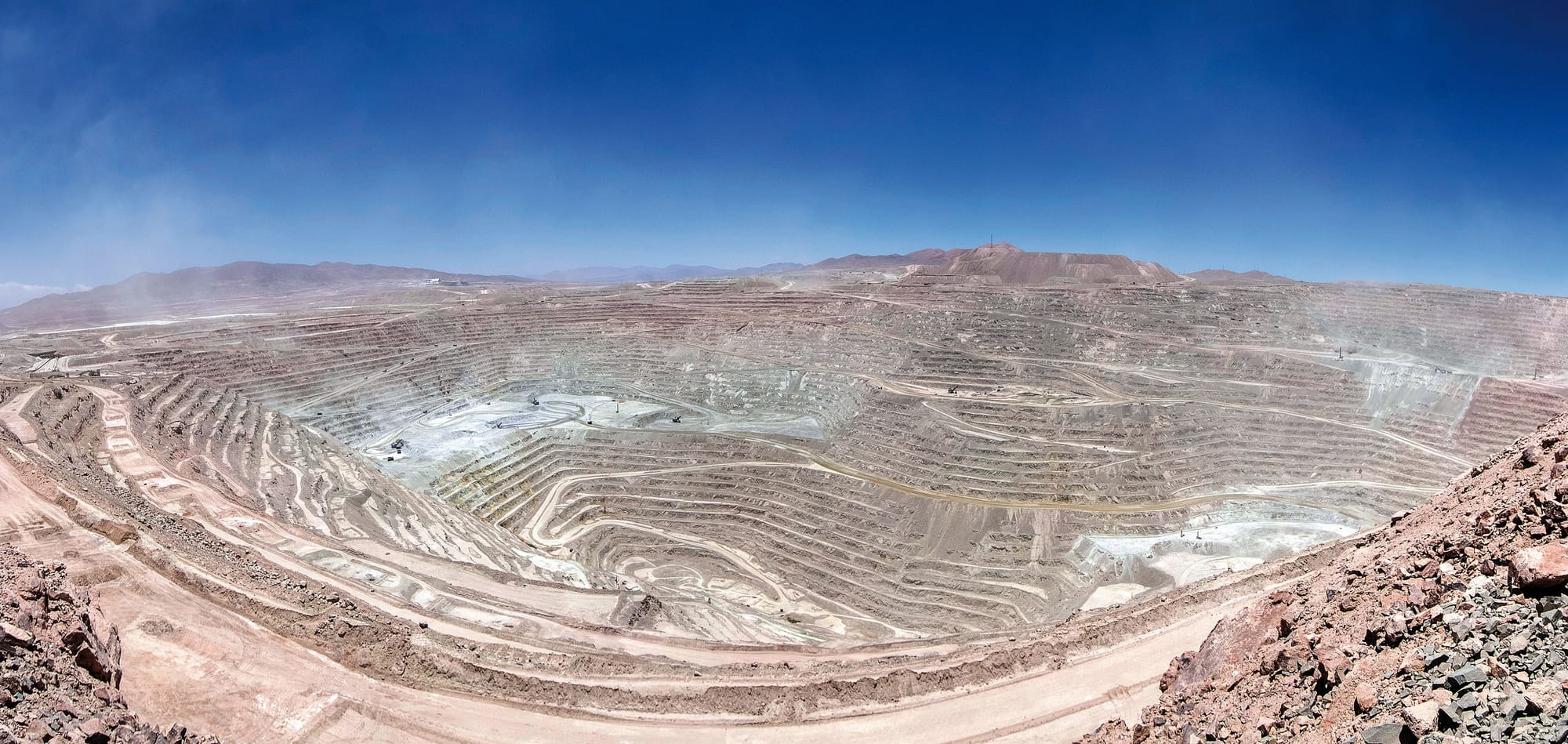
The rise of AI and an associated pressure on electricity infrastructure is bolstering miners. BHP sees a 72% increase in copper demand by 2050, driven in large part by data centre demand. It cited the need for “more data storage and much more processing power” in an earnings call late Monday as a dynamic that “makes BHP’s commodities highly attractive.”
“We think global copper demand will be over 50 million tonnes a year by 2050, around 70% higher than 2021 levels. And there’s just not enough production planned to supply it. We have the world’s largest copper resource,” said CFO Vandita Pant on a February 18 earnings call.
Copper is extensively used in cooling, power, and connectivity infrastructure. (One estimate suggests that 65,000 tonnes of copper are needed per GW of applied power.) BHP reported 10% copper production growth year-on-year in H1 of its fiscal 2025 – and a 54% margin on it.
Revenues for the half were $25.2 billion.

The Australian mining firm is also investing in its own digitalisation, using digital twins and machine learning to “analyse our extensive historical data and current mine plans and operating context to predict realistic production outcomes” for example, with digital twins in play at its BMA, Copper South Australia and Escondida sites “to predict future production outcomes and identify key performance drivers, risks and opportunities.”
The company is also working to create more autonomous sites. These, it recently noted in a corporate blog, “present great opportunities to collect and use the vast amounts of data and information that was not available in the past. We can now supply tens of millions of data points to a machine learning model that does the heavy lifting with identifying the key drivers correlated with good performance and then mapping over time to predict variability across the mining system, as we flex operating conditions. This allows us to maximise performance by optimising our equipment strategies and driving rapid improvement… into the system.”

Technology deployments at the firm are led by CTO Johan van Jaarsveld, who joined BHP in 2016 and was appointed to the role in March 2024. Among the innovations that he is overseeing are the growing use of drones. These help “install reflective monitoring prisms across our operations safely from a distance,” he explained recently on LinkedIn.
That is, he added, “key in monitoring the stability of mine walls by detecting early signs of slope movement to prevent potential failures.”
“Using drone technology, the prisms are deployed on tripods with high accuracy from up to 1km away. This has made a huge difference in work safety by removing the need for people to access hazardous areas. On top of that, with smarter tech and strategic placement of instruments, our teams get critical real-time data for early detection of slope movements and are better able to put in place effective ground control strategies.”
Sign up for The Stack
Interviews, Insight, Intelligence for Digital Leaders
No spam. Unsubscribe anytime.
